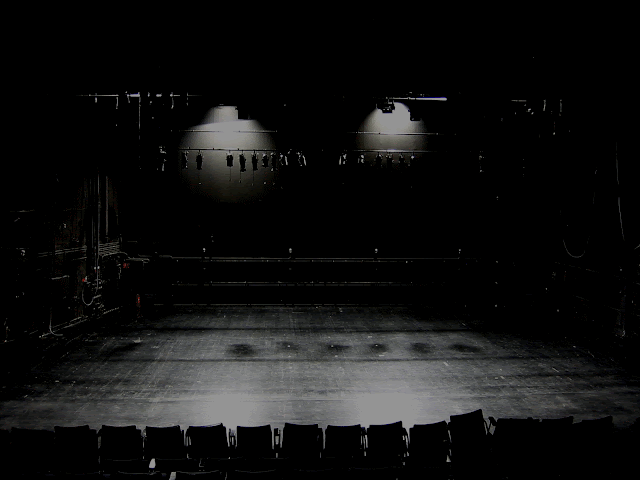I overheard a funny conversation early this
morning. One guy was saying to another, “The company is not in a cyclical
industry, so therefore, its valuation should be reflected with a higher growth
multiple.” His buddy grunted agreement. What made the chat seem funny is that
the two of them, like me, were hunched over on expensive carbon fiber bicycles
slogging up a long hill out of Shek O in 33c heat. Over the years, I’ve heard
many interesting comments made by cyclists on that hill – “Jesus, I wish I hadn’t
had that milk tea just now”, “Dude, your shaved calves are looking buff”, “Man,
I nailed that swim-bike transition in Phuket last December” – but never two
finance guys chatting about a stock investment. That’s serious commitment to
one’s career.
In another incident earlier this week, I
happened to run into the Asia head of Lazard Capital Markets on an airplane. He
was looking very cut and tanned. I asked him why he was looking so fit. His
answer - “triathlon”.
When I first moved to Hong Kong 20 years ago, I
was considered something of a bohemian and a nutter for taking a spin around
the island on my skinny-tired aluminum road bike. That’s not the case anymore.
Judging by the number of early-morning cyclists these days out on the narrow
Hong Kong roads (and the pissed-off, half-deranged minibus drivers weaving
between these brave souls and oncoming traffic), it is clear that triathlons
and other thon-suffixed endurance sports such as aquathons, marathons and
trail-running ultramarathons are enjoying a huge spurt in popularity. It also
has not been lost on me that there has been a massive surge in the number of
entrants in the 40-49 age group category in local triathlons and a fast-growing
number of 40+ year old professionals participating in events such as the
seven-day, 250 km Racing the Planet desert races that are held in exotic and
extreme locations around the world such as the Sahara, the Gobi, the Atacama,
and Antartica.
So what’s been going on amongst these 21st
century “yuppies”? Why the seeming transition from fat cat wannabes to iron men
(and women) in training? Especially in an urban environment financial jungle
such as Hong Kong, which doesn’t exactly scream ENDURANCE SPORTS MECCA?
The more that I’ve thought about the issue, the
more I realize it’s no surprise that people who have been hammering away at
making money for close to twenty years and centering their lives around their
careers are having second thoughts these days about how they see themselves.
Clearly, with bankers worldwide being bashed by public opinion, share prices
and bonuses experiencing volatility over the past few years, and Asian economic
activity sputtering, other goal-oriented activities that offer serious
challenges are bound to have heightened appeal to A-type personalities.
Fairchild Management Group – a US West
Coast-based endurance sports promotion agency – puts it well on their website:
Since the early 1970‘s and into the 80‘s running a marathon was
the greatest of physical challenges. For the better part of a decade now,
an Ironman Triathlon has been viewed as the pinnacle of the endurance world and
certainly remains the worlds hardest one-day event. It continues to
attract the attention of millions, and along with endurance sports in general,
is now a truly exploding market among Corporate America. Endurance sports
are considered the fastest growing sport on the planet! Even more than golf and
second only to sailing, Triathlon boasts the most affluent and impressive of
all demographics with a median income of $167,784 and a higher education level
with 86% having a college degree or higher.
These athletes are highly driven, success minded people who dream big,
prepare meticulously and continually challenge themselves. Naturally a loyalty
develops to the brands that help them achieve their goals, becoming as
emotionally connected to the brand itself as the lifestyle itself.
Endurance athletes are the dream client as brand loyalty plays a major role in their
life.
Endurance sports, and Triathlon in particular, is a community filled with
over-achieving like-minded people who are highly educated, wealthy, and driven
to find the next challenge. They live an active and healthy lifestyle
beyond the norm and are willing to do what ever it takes to accomplish those
goals. Not to mention have an enormous purchasing power!
Fairchild is decidedly
favorably biased in their view of the demographic of the average triathlete.
Nevertheless, the anecdotal evidence from where I sit in the bike saddle is
clear – in Asia, triathlon is not cheap, so it requires serious financial
commitment or equally serious credit card limits. A decent bike set up
(including clothing, helmet, bike computer, titanium aero water bottle cages –
you get the picture) can easily cost US$8-10,000. Then there are the multiple
pairs of $100 running shoes. All-in-one tri suits can cost US$150+ each, while
a wetsuit for cold water events can cost 2-3x that amount. Then, there are the
international travel budgets to get to races, necessary because each Asian
country does not have more than 2-3 well-organized events a year (although that
too is changing). Similar to triathlons, mountaineering or multi-day desert
races can also cost a small fortune.
What does all that money
invested get you? Surely, lots and lots of sweat and suffering. Endorphin
rushes followed by the mid-afternoon energy crash. A trimmer waistline and
beefier legs and arms. Premature skin aging. Some bragging rights and claims to
moral superiority around the office on Monday mornings. But increasingly, more
camraderie and a growing social network around like-minded people who have a
bit of money in their pocket, and a few loose marbles in their brains.












